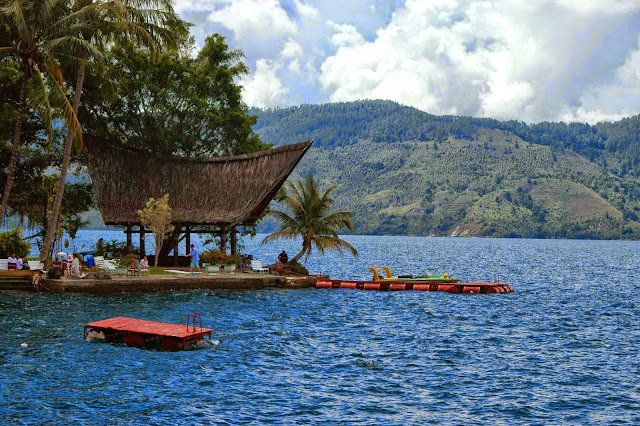It was historically the building owned by VOC. This building was the first City Hall (Staadhuis) in Batavia; it was built by the Dutch in 1627 A.D. It was later renovated in 1970 when Indonesia became independent from the Dutch, and was established as the Museum of Jakarta‘s History in 1974.
Besides as a City Hall, it also functioned as the office of the Council of the State (College van Schepen), who handled the issues of law in the society. The defendants who would be judged would usually be placed in a basement jail. These people were treated cruelly in this prison. Their hands were tied and bodies were soaked in the water full of leeches.
Those defendants who were proved to be false and considered to break the law for doing crimes or rebelling to the Dutch would be punished. They would be hung in front of the City Hall. A bell, which is still at the top of the building to the present day, would be ringed to gather all of the people around the Hall to see the execution. This execution was a warning that people should not dare to rebel to the Dutch government. Things from the execution are well kept in it; a knife which was used to stab the criminals‘ heads is one of those.
The Museum of Jakarta‘s History has many historical things, such as the archeological things in the era of Hinduism, Buddhism, and Islam. There are also antiquities from Betawi, antique furniture with the styles from China, Europe and Indonesia, crockery, ceramics, and also stapes. Those things are displayed in different rooms such as the Jakarta Pre-Historical, the Tarumanegara, the Jayakarta, the Sultan Agung, the Fatahillah, and the M. H Tamrin. The visitors who wish to see the collection of the Museum are helped by the exhibition design. This design is based on the historical chronology which shows the history of Jakarta in a display form. Photographs, pictures, and portfolios, maps, and labels help the visitors to understand the historical backgrounds of the things.
Furthermore, the Museum also provides other historical things such as the coins used during the VOC period, various kinds of scales, the Jagur gun which is believed to have magical power, and the flag from the Fatahillah era. Visitors also have the chance to see the paintings of Raden Saleh, ancient maps, and a photograph of a VOC governor, J. P. Cohen.



















